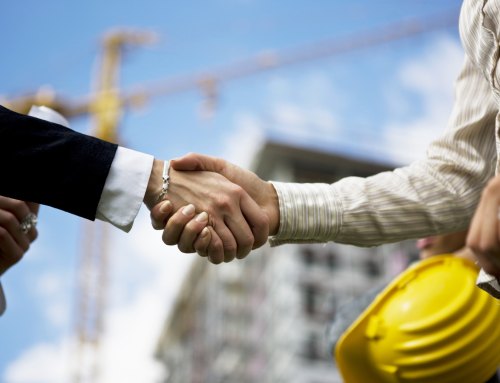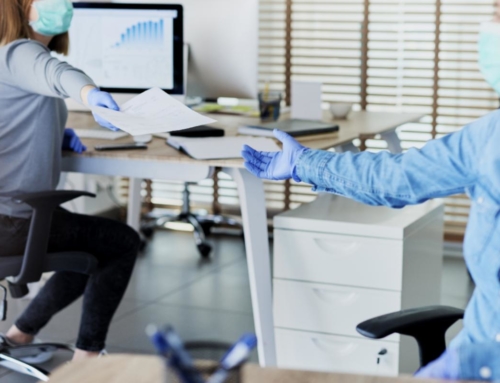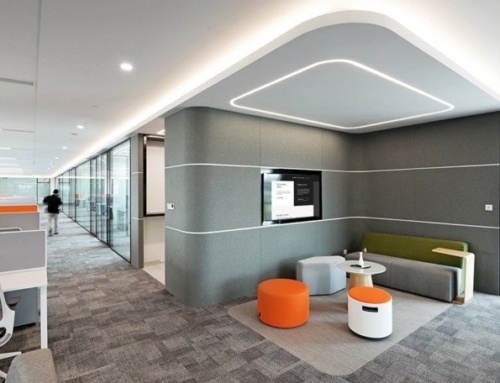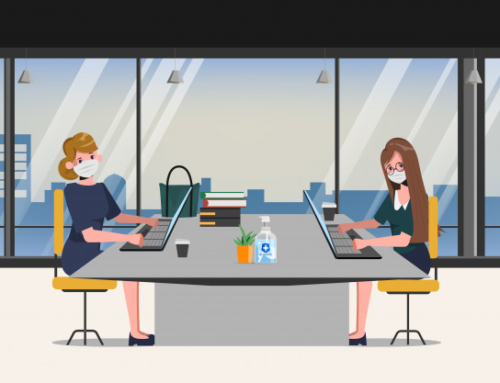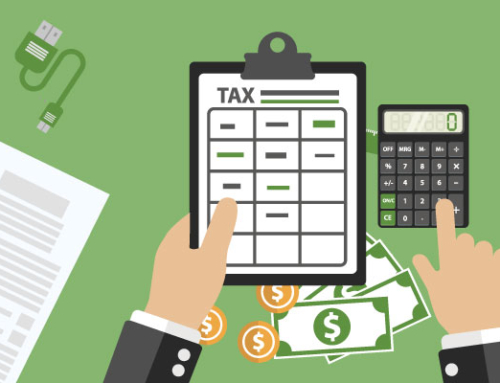Office spaces today are ripe for reinvention. Let’s take a look at some alternative office design strategies being praised for creating not just happier workers but better occupancy rates for office building owners.
Office design in 2016 is all about bringing workers together. Today’s most successful workspaces promote a collaborative work environment. Employees should have plenty of spaces and destinations to migrate to throughout the day to work with each other.
When it comes to office tenant improvement or remodels, this means saying goodbye to old walls blocking out natural light, high cubicle walls, and the physical separation of departments. But there’s more to creating the efficient office spaces of tomorrow today. Let’s take a look at some of the most useful redesign trends for offices this year.
Eliminate Wires & Clutter
Modern offices must look clean and simple without any hint of disorganization. This means wires should be hidden or concealed and paperwork and personal items should be kept at a minimum. While the era of desktop computers and workstations may be coming to an end, companies also don’t want wires stretching across the room charging employee laptops or cellphones. In addition to being a safety hazard due to tripping, it also looks bad. Conveniently placed electrical outlets are recommended. Outlets should be abundant wherever workers convene.
Create a Natural Cozy Feeling
With more and more people working from home these days, it makes sense that today’s office spaces strive to create a homelike feeling. More modern offices today feature finishes and details that bring a little of both the home and nature into the space. You’re seeing more exposed concrete flooring, reclaimed wood accent walls, live plants, and artwork giving offices a cozier more natural feeling and ambiance.
Nonformal Multipurpose Workspaces
Cubicles are now being phased out in favor of large shared “community tables” for more interaction and collaboration between employees. If long tables aren’t collaborative enough, there are also oval-shaped office desks where five or so employees can huddle for a meeting or project collaboration. Height adjustable tables that allow workers to stand are also becoming increasingly popular.
Relaxed Collaborative or Lounge Spaces
Light wireless technology has given workers the ability to say goodbye to the once standard workstation or desk and instead move freely throughout the work day. This has led to more relaxed designated collaborative or lounge areas in modern offices. Spaces with comfortable sofas, couches, loveseats, or beanbag chairs designed to make work more relaxed and enjoyable.
More Bright & Lively Colors
Several studies have confirmed that bright colors can boost the creativity, productivity, and overall happiness of workers. This has led to modern offices being a bit bolder when it comes to the color schemes of their furniture, interior paint colors, and accessories.
Permanent Layouts Have Given Way to Dynamic Flexibility
Traditional office spaces were pretty much one style fits all. One tenant would move out and another tenant could quickly move in with very little customization needed. However, the office of yesterday just isn’t cutting it these days for hip companies and startups.
This has tenants coming in and wanting to gut an existing space or passing on it altogether for another space with an open floor plan that better fits the brand and culture they’re looking to cultivate.
This is why office design today must focus on flexibility to accommodate the ever-changing needs of the modern office. Walls must come down and components must be easy to move around or replace to best suit the needs of future tenants. This is why office spaces with a more flexible, dynamic, and communal office layout are in such demand today – by both companies looking to attract millennial or Gen Y&X workers as well as building owners looking to attract those companies as tenants.


